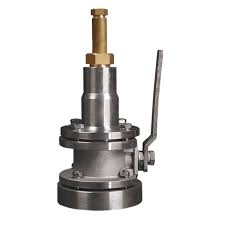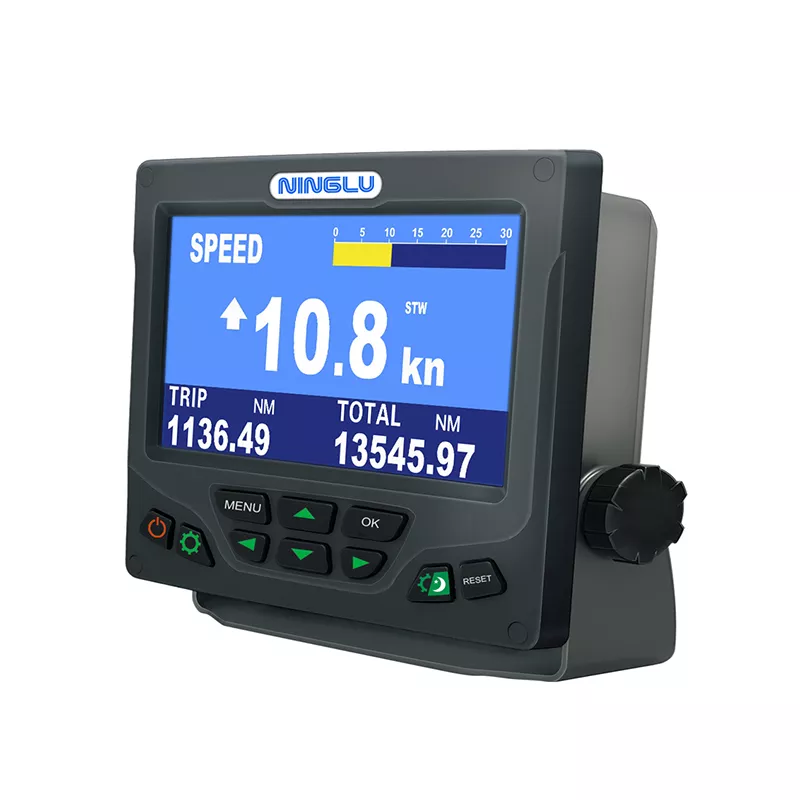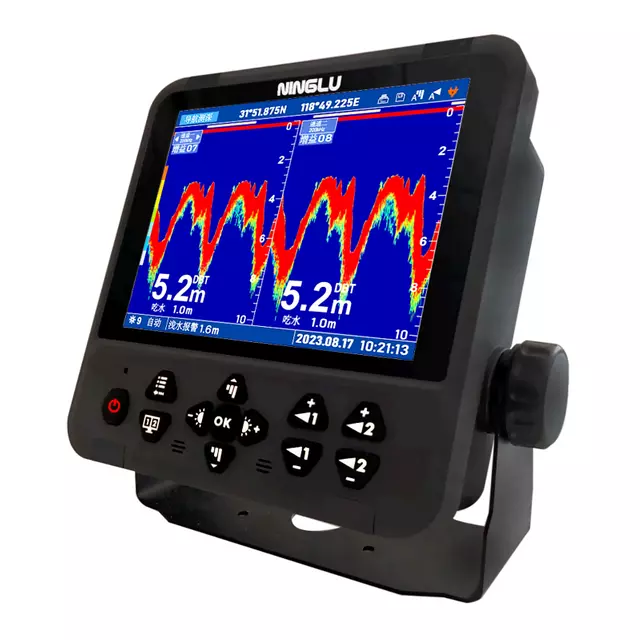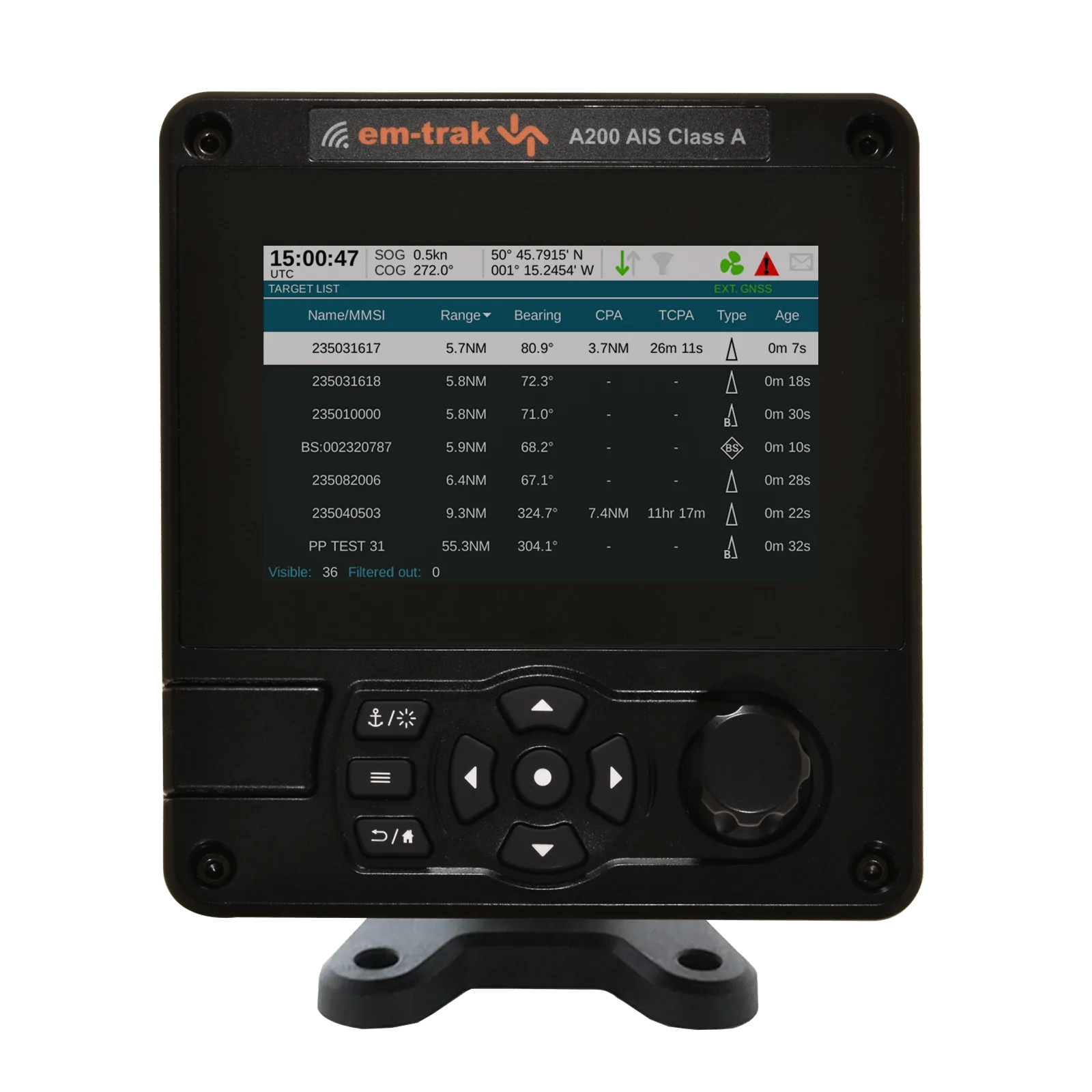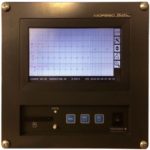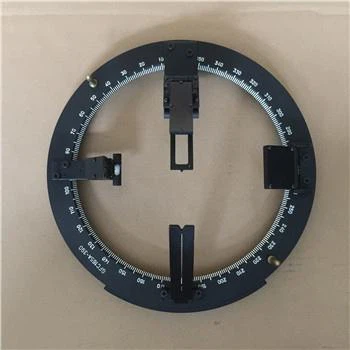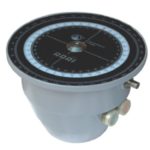MF/HF SSB Radios: Essential Communication Tools for Mariners
MF/HF SSB radios are crucial equipment for maritime communication, providing long-range voice and data transmission capabilities essential for vessels operating in open waters. Here’s everything you need to know about these advanced radio systems.
What are MF/HF SSB Radios?
MF/HF SSB radios utilize the medium and high-frequency bands to enable long-distance communication over thousands of miles, making them ideal for maritime use where satellite communication may not be available or practical.
Key Features of MF/HF SSB Radios
- Long-range communication capabilities, suitable for oceanic voyages.
- Voice transmission and reception in addition to digital data modes.
- Ability to operate independently of land-based infrastructure.
- Integration with GMDSS (Global Maritime Distress and Safety System) for distress signaling.
- Weather forecasting and emergency communications support.
Applications of MF/HF SSB Radios
MF/HF SSB radios are used extensively in maritime operations for:
- Ship-to-ship and ship-to-shore voice communication.
- Long-range weather updates and navigation information.
- Emergency distress signaling and coordination with rescue authorities.
- Email and data transfer using specialized protocols like Winlink.
- Remote communication with maritime offices and support services.
Frequently Asked Questions (FAQs) about MF/HF SSB Radios
| Question | Answer |
|---|---|
| What does MF/HF SSB stand for? | MF/HF SSB stands for Medium Frequency/High Frequency Single Sideband radios. |
| How far can MF/HF SSB radios communicate? | MF/HF SSB radios can communicate over thousands of miles, depending on atmospheric conditions and antenna setup. |
| Are MF/HF SSB radios affected by weather conditions? | Yes, atmospheric conditions such as sunspot activity can affect the range and clarity of MF/HF SSB communications. |
| Do MF/HF SSB radios require a license to operate? | Yes, operators of MF/HF SSB radios need to obtain appropriate licenses from national telecommunications authorities. |
| Can MF/HF SSB radios be used for digital data transmission? | Yes, MF/HF SSB radios support various digital data modes, including email and weather fax reception. |
| What is the power source for MF/HF SSB radios? | MF/HF SSB radios typically operate on shipboard power (DC) and may have backup battery power for emergency use. |
| Are MF/HF SSB radios part of the GMDSS? | Yes, MF/HF SSB radios are integral to the GMDSS framework for maritime distress and safety communications. |
| How can I ensure optimal performance of MF/HF SSB radios? | Regular maintenance of antennas and radio equipment, along with monitoring of atmospheric conditions, is essential for optimal performance. |
| Can MF/HF SSB radios be integrated with other onboard systems? | Yes, MF/HF SSB radios can be integrated with navigation systems and satellite communication equipment for enhanced connectivity. |
| What are the advantages of MF/HF SSB radios over VHF radios? | MF/HF SSB radios offer much greater range and reliability over long distances compared to VHF radios, which are limited to line-of-sight communication. |
### Conclusion
MF/HF SSB radios remain indispensable tools for maritime communication, providing reliable long-distance voice and data transmission capabilities essential for vessels operating beyond coastal waters. Understanding their features, applications, and operational requirements is crucial for maritime operators and crew members.

